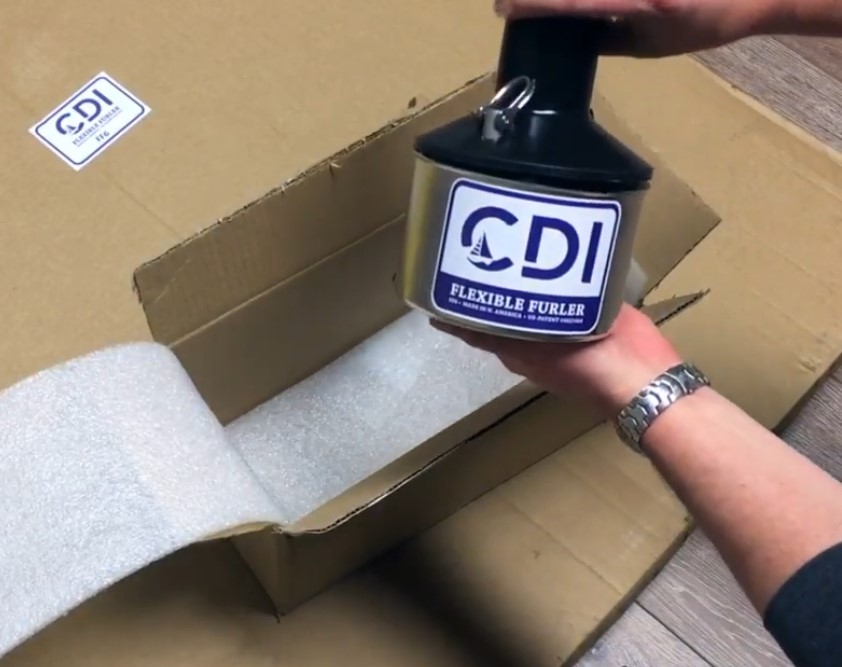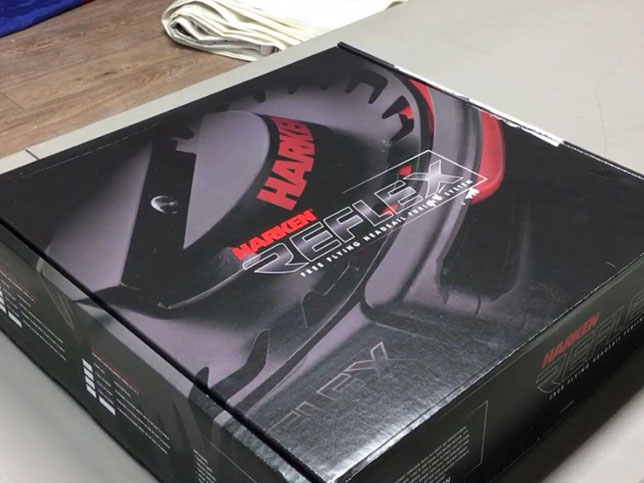Which Headsail Furling System Should You Choose For Your sailboat?
That’s a difficult question to answer. Every boat is different and is sailed in different areas. Every sailor is different, has a broad range of needs, budgets and expectations.
CDI – Cruising Design International has been in the sailing industry for over two decades. They create a solid product backed by a very good warranty.
Watch Ron Unbox and review the CDI FF6 Model with ball bearings on the video below.
Features and Benefits of The CDI Flexible Furler System
- Simplicity – Often, the simplest product is the best product. The Flexible Furler has one-eighth the number of parts of competitive systems and is the easiest to install, operate and maintain. Plus, the Flexible Furler is backed by an unequaled warranty.
- A patented, one-piece, UV stabilized PVC luff extrusion – This luff extrusion is as stiff in torsion as a metal system, and yet can bend without kinking, unlike metal systems. There are no joints to fail and it is designed to be winched.
- A built-in halyard – This eliminates troublesome halyard swivels and halyard wrap, maximizing reliability whether offshore or close to home.
- Reliable Furling – CDI’s durable one-piece urethane furling drum and stainless steel drum cover keeps the furling line in place. You can accidentally drop your anchor onto the Flexible Furler drum and expect it to keep working!
- Fail Safe Bearings – Because of the built-in halyard, CDI’s rugged bearings see only a fraction of the load carried by other systems. Smaller Flexible Furlers typically use a one-piece solid plastic bearing, though some sailors prefer ball bearings as a convenience option (like having power steering in a small car).
- The FF7.0 and 9.0 come with ball bearings standard – CDI uses ½” Torlon balls which roll over dirt easier and need less maintenance than the ¼” balls you find in less rugged systems.
- Easy Installation – Designed to be installed over your existing stay, cutting in half the installation time.
- Low Maintenance – It’s recommended that you rinse your bearing with a hose every 5 years (a 5 minute procedure). That’s it! And you don’t have to drop your sail to rinse the bearing.



